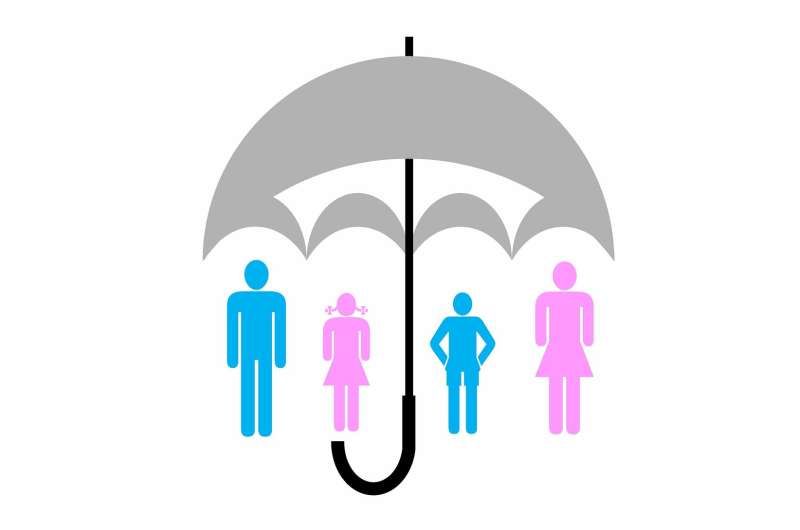

A new study underscores the importance of health insurance coverage continuity in access to and receipt of care and care affordability in the United States. Researchers found that health insurance coverage disruptions were consistently associated with worse healthcare access and problems with care affordability. The study appears in the American Journal of Preventive Medicine.
Decades of research has demonstrated that health insurance coverage is associated with better access to care and health outcomes in the U.S. However, less research has addressed coverage disruptions (i.e., periods without insurance) among adults with current coverage and the relationship of disruptions with care access, receipt of recommended preventive services, and affordability. To learn more, investigators led by Robin Yabroff, Ph.D., MBA of the American Cancer Society conducted a comprehensive examination of insurance coverage disruptions among adults aged 18 to 64 years from the 2011-2018 National Health Interview Survey using multiple measures of access and affordability, and evaluated the effects of the duration of coverage disruption among currently insured and uninsured.
The study found that prior disruptions in insurance coverage were relatively common among adults aged 18-64 years in the U.S. Among currently insured adults, 5.0% with private insurance and 10.7% with public insurance reported a coverage disruption in the prior year, representing nearly 9.1 million adults in 2018. Among currently uninsured adults, 24.9% reported coverage loss within the prior year, representing nearly 8.1 million adults in 2018. Compared to adults with continuous health insurance coverage, adults with coverage disruptions were less likely to receive recommended preventive services and more likely to forgo any needed care because of cost and report medication non-adherence because of cost.
Longer coverage disruptions were associated with worse care access and affordability. The magnitude of associations between coverage disruptions and care access and affordability was similar among adults with either current private or current public coverage. Currently uninsured adults, especially with longer uninsured periods, reported significantly worse care access, receipt, and affordability than currently insured adults with coverage disruptions or continuous coverage.
Source: Read Full Article